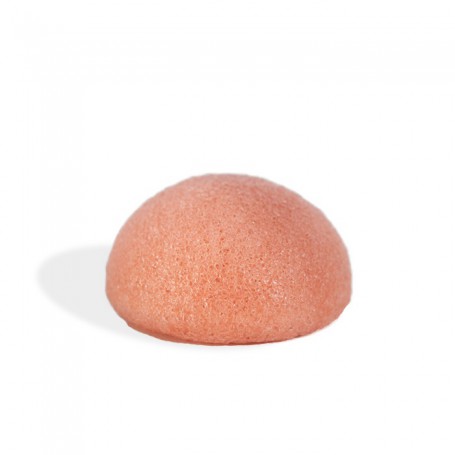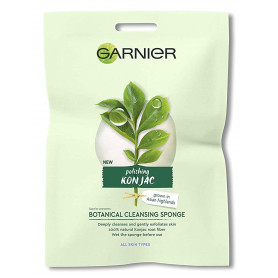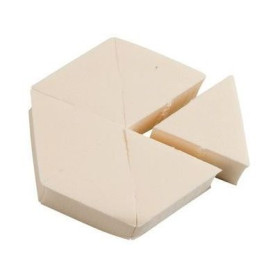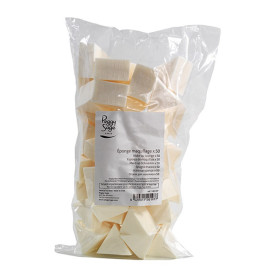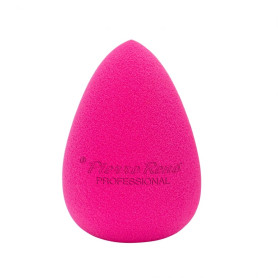All ingredients from which the sponge was made come from nature. It is 100% biodegradable, so "Mother Nature" will accept it after use. She donated her goods, which you can give back to her after use. Bury it in the garden as natural compost or place it at the bottom of a pot to hold moisture for the plant! Treat the use of the sponge as a pleasant ritual in which you can feel an emotional bond with the nature that surrounds you.
Be Zero Waste!
The annual consumption of sponges for washing the face made of non-compostable artificial materials for one person is about 6 pcs. Every month in the world we produce kilograms of sponges that decompose for a very long time.
Protect the environment, replace them with vegetable sponges that are biodegradable. We use a similar amount of them annually, but they do not pollute the environment, they belong to it
What is a vegetable sponge made of?
The sponge is made from the root of the konjac plant, which grows wild in Asia. Used in Japanese medicine for hundreds of years due to its health and nutritional properties. The plant contains a unique type of fiber - glucomannan. It is able to absorb 100 times more water than grain fiber. The vegetable sponge has been enriched with high-quality pink clay, rich in minerals and elements such as silicon, aluminum, iron, calcium, magnesium and sodium.
What kind of skin is a konjac sponge with pink clay suitable for?
Pink clay firms and evens skin tone by strengthening and sealing blood vessels. It is a mixture of white and red clay - very delicate and recommended for tired, sensitive and dehydrated skin. Washing your face with a Konjac sponge with pink clay helps to restore the skin's healthy appearance, softness, glow and natural elasticity.
What makes a konjac sponge different?
- Riviera strangeness, or konjac, is used for cosmetic purposes due to its softness, delicacy and, at the same time, deep cleansing effect.
- The structure of the sponge does not affect the skin's hydrolipid coat.
- After soaking, it increases its volume, becomes gel and pleasant to the touch.
- Helps restore the skin's natural pH.
- Its delicacy remains unchanged until the very end, unlike many materials from which accessories for washing face and body are made.
- You can use it not only for washing but also for face massage. Exfoliates dead skin cells and deeply cleanses. It stimulates the skin, supports its renewal, improves elasticity and tension. It makes the skin well cleansed, fresh and smooth.
- The sponge allows for low consumption of washing products due to its structure, which foams very well and enhances the effect of active ingredients. You can also use it yourself.
When should you replace your konjac sponge?
The sponge should be replaced every three months. Due to its natural origin, its structure changes with wear and may begin to delaminate or crumble. These signs tell us it's time to replace.
How to use: Soak and gently squeeze the konjac sponge. Gently massage your face in circular motions. You can also use it on the delicate skin around the eyes. After use, rinse the sponge, squeeze out excess water (do not wring it!) and dry naturally in an airy place.
Always use the sponge after soaking (never dry).
For disinfection, place the konjac in boiling water for 2 minutes every few weeks.
Capacity : 1
Elite Lines : no
Sex : woman
Sun : no
measurement unit : art


